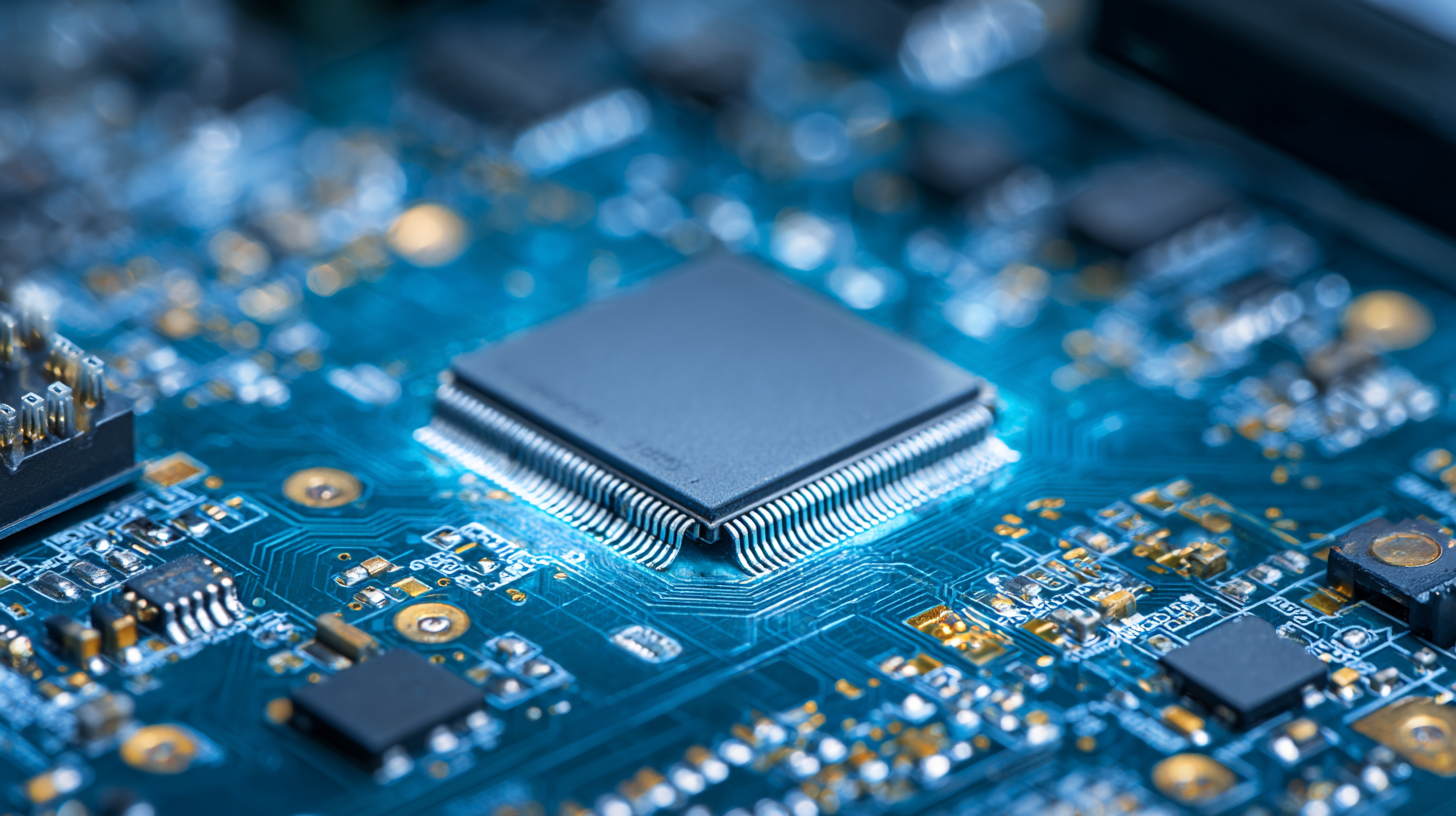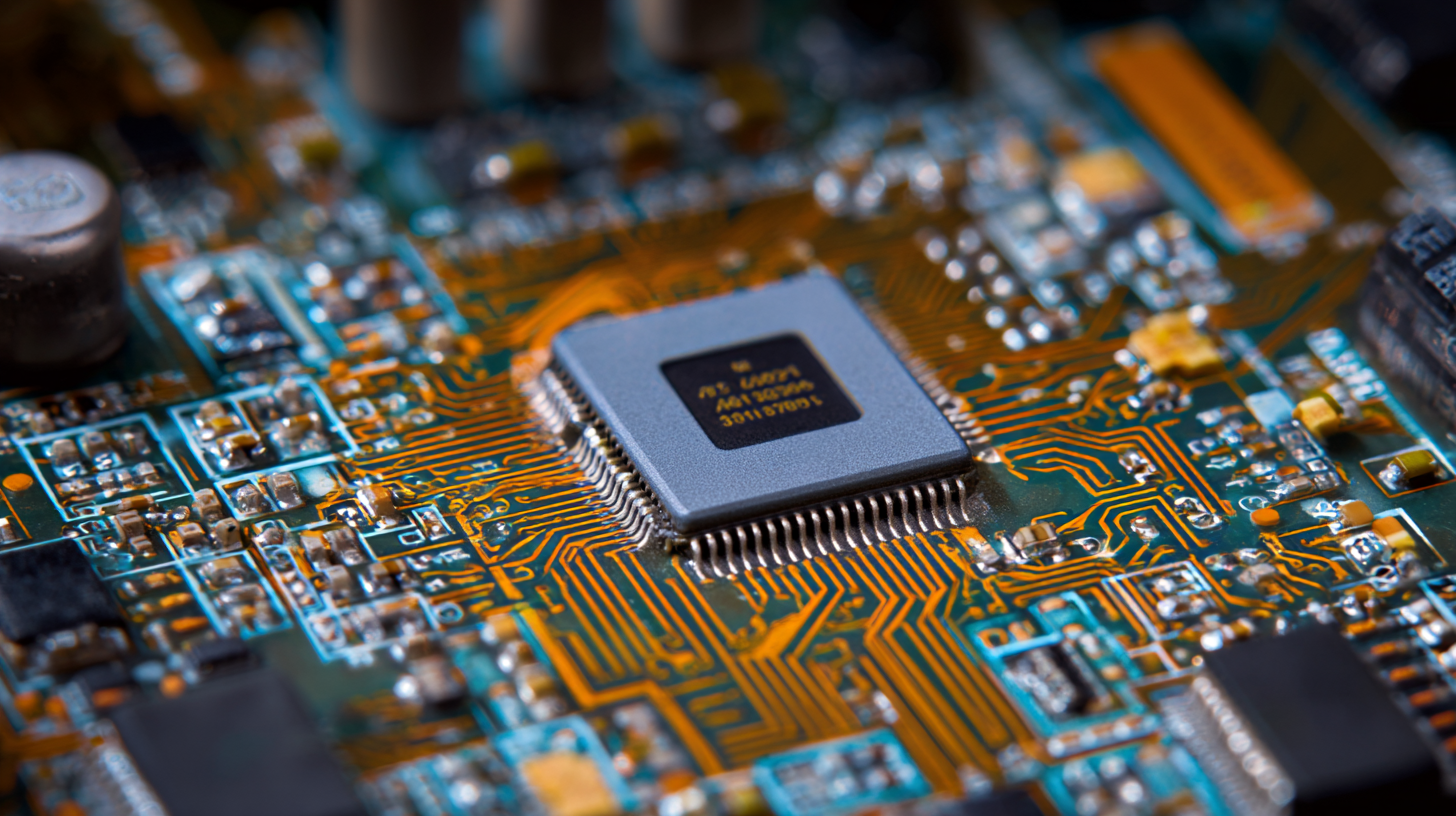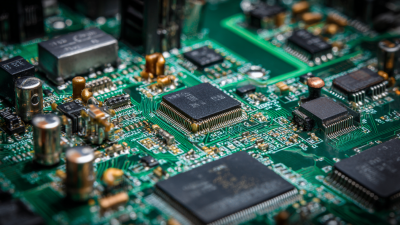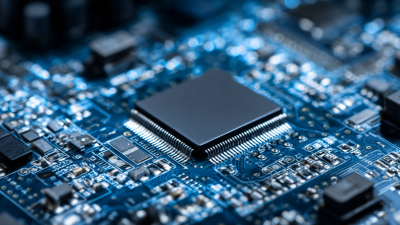30+ Years of Experience in PCB Design and Manufacturing
As we approach 2025, the PCB assembly industry is positioned for remarkable growth driven by advancements in technology and evolving market demands. According to a recent report by Allied Market Research, the global PCB assembly market is projected to reach $100 billion by 2025, growing at a CAGR of 5.4% from 2019 to 2025. This growth is fueled by the increasing demand for smarter electronics, IoT devices, and automotive applications.
Experts in the field, like Dr. Emily Chen, a leading authority on PCB manufacturing technologies, emphasize the importance of adapting to these trends. She states, "The future of PCB assembly lies in our ability to innovate and embrace new technologies that enhance efficiency and quality." This perspective underscores the relevance of staying abreast of emerging trends such as automation, miniaturization, and sustainable practices which are vital for manufacturers aiming to maintain competitive advantage in a rapidly changing landscape.
In this article, we will explore the top five trends shaping the PCB assembly industry in 2025, providing insights into how these advancements will not only streamline production processes but also propel market growth. Understanding these trends is essential for stakeholders looking to leverage opportunities and address the challenges in the evolving PCB assembly market.

In 2025, the landscape of PCB assembly is transforming, driven by several emerging technologies that are reshaping the industry. Among these, automation and artificial intelligence (AI) are at the forefront, enhancing production efficiency and reducing human error. Advanced robotics are now integrating seamlessly into assembly lines, allowing for precise and rapid assembly, while AI algorithms optimize processes to ensure higher yield rates. These technologies are not just improving speed but are also enhancing quality control through real-time monitoring and data analysis.
Another notable trend is the rise of miniaturization and the increasing demand for high-density interconnect (HDI) PCBs. This evolution is fueled by the growth of consumer electronics and IoT devices that require compact solutions. As manufacturers look to meet these demands, they are adopting innovative materials and techniques such as flexible PCB designs and advanced semiconductor technologies.
**Tip:** For companies looking to stay ahead, investing in training for your workforce on these new technologies is vital. Embracing continuous learning will ensure that your team can leverage the latest advancements effectively. Additionally, considering partnerships with tech firms specializing in automation can provide you with insights and resources that simplify the integration of these emerging technologies.
As the world increasingly prioritizes sustainability, the PCB manufacturing industry is undergoing significant transformations. According to the IPC's "2023 Global Trends in PCB Manufacturing" report, over 55% of companies are investing in eco-friendly materials and processes to reduce their carbon footprint. This shift towards sustainable practices is not just a trend; it's becoming a necessity as regulatory pressures mount and consumer preferences evolve. Manufacturers are now exploring biodegradable substrates and lead-free soldering techniques to minimize environmental impact.
Moreover, advances in recycling technologies are playing a crucial role in shaping the future of PCB assembly. A recent analysis by MarketsandMarkets predicts that the global PCB recycling market will reach USD 15.8 billion by 2025, growing at a CAGR of 8.5%. This growth is indicative of the increasing emphasis on closed-loop systems whereby manufacturers are reclaiming valuable materials from used PCBs. The integration of circular economy principles within PCB production not only enhances resource efficiency but also aligns with the broader sustainability goals prevalent across various industries.
The Internet of Things (IoT) is revolutionizing the landscape of PCB design and assembly, pushing manufacturers to adopt smarter and more efficient techniques. As more devices become interconnected, PCBs must accommodate a plethora of sensors, communication modules, and power management components. This shift demands not only advanced design methodologies but also an evolution in assembly processes. Manufacturers are increasingly relying on automated and flexible assembly lines to meet the growing complexity of IoT-enabled devices.
Moreover, the integration of IoT-driven data analytics is changing how companies approach PCB production. Real-time monitoring and predictive maintenance are becoming essential, allowing for the optimization of assembly workflows and a reduction in downtimes. This data-centric approach enhances the quality control measures and ensures that the final products meet the rigorous standards required for IoT applications, ultimately driving market growth and technological advancements in the PCB assembly sector. The future of PCB assembly will undoubtedly be shaped by these innovations as the demand for smarter, more interconnected devices continues to rise.
The PCB industry is poised for significant growth driven by advancements in technology and increasing demands for electronic products. With a focus on smaller, more efficient circuit boards, manufacturers are turning to innovative assembly techniques and equipment to stay competitive. One notable area experiencing expansion is the SMT inspection equipment market in Europe, which is set to grow from $89.0 million in 2025 to $120.9 million by 2032, reflecting a compound annual growth rate (CAGR) of 5.2%. This growth is indicative of the rising need for quality assurance in PCB assembly, as complex designs require more precision and reliability.
Key drivers of market growth include the acceleration of consumer electronics, the Internet of Things (IoT), and the proliferation of electric vehicles, all of which rely heavily on advanced PCB technology. As these sectors expand, opportunities arise for companies that innovate in the development of high-tech assembly processes and inspection techniques. Emphasizing continuous improvement in manufacturing efficiency and product reliability will be essential for businesses aiming to capitalize on these trends and seize market opportunities in the evolving PCB landscape.

The landscape of PCB assembly is undergoing a significant transformation, primarily driven by advancements in automation technology. Automated systems are enhancing the efficiency of assembly processes, reducing labor costs, and minimizing human error. These innovations include the use of advanced robotics and AI-driven software that streamline production lines, allowing manufacturers to respond swiftly to changes in demand while maintaining high-quality standards.
In addition to automation, the integration of IoT devices is also reshaping PCB assembly by enabling real-time monitoring and data analysis. This connectivity provides manufacturers with critical insights into operational efficiencies and production trends, facilitating proactive decision-making. As companies embrace these technologies, they are not only improving their processes but also positioning themselves to better compete in a rapidly evolving market. Additionally, the emergence of numerous startups in the electronics manufacturing sector is injecting fresh ideas and solutions, further pushing the boundaries of what is possible in PCB assembly.







